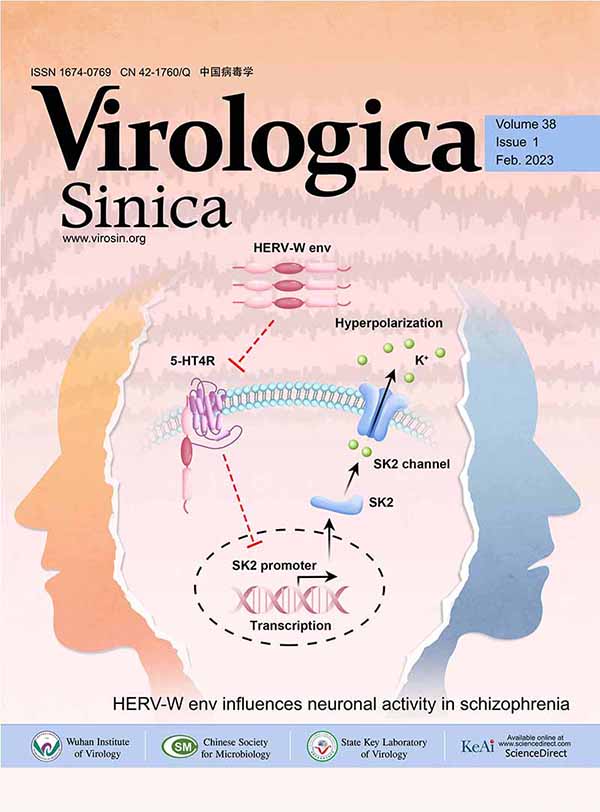Construction of a Phage Display Random Decapeptide Library and Panning for Mimic Antigen Epitope of ScFv A1 Against WSSV
Abstract: A phage display random decapeptide library with high titer was constructed using pCANTAB 5 E as vector and used to select and identify antigen epitopes. ScFv A1, which specifically binds the shrimp’s White spot syndrome virus (WSSV), was used to pan against the decapeptide library and a random 15mer library, respectively. A series of positive clones that bind specifically to scFv A1 were obtained. The amino acid sequences of the positive peptides were compared with WSSV388 fragment, which is the antigen of scFv A1. We found that most of the sequences of the positive peptides were similar to a fragment,K••••R••R•Q, located on C-terminal of WSSV388 fragment. We deduced that the mimic antigen epitopes of scFv A1 were conformational epitopes structured by the discontinuous amino acid fragment, but not by a linear amino acid fragment. These results show that phage display peptide library technology is a powerful method for analyzing the structure of antigen epitopes, which is helpful to further explore conformation and function of the structural proteins of WSSV, and the mechanisms of interactions of the virus with the antiviral antibodies and host cells.














 DownLoad:
DownLoad: